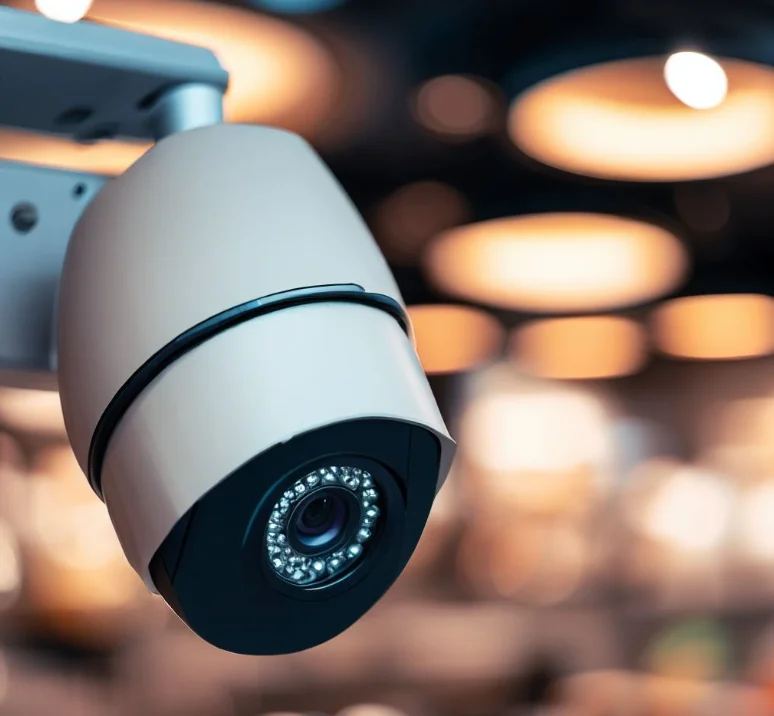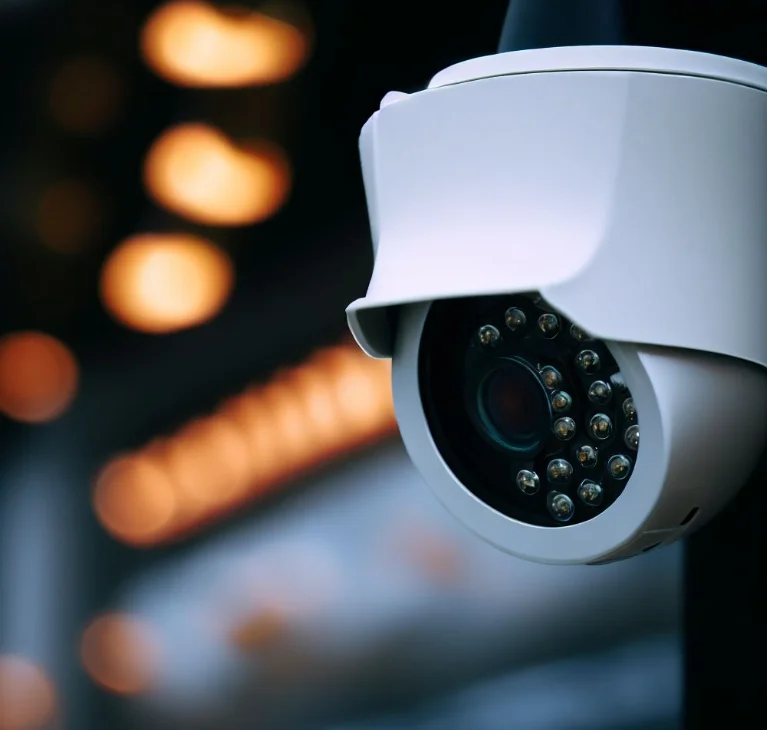That nagging sense that you’re being watched as you walk down an empty street at night? It may not just be paranoia. Internet-connected home surveillance cameras could let actual creeps peer into your life unless strict precautions are taken.
Network video recorders (NVRs) – which organize and store footage from IP cameras – are the backbone of smart monitoring setups. But these interconnected technologies also introduce vulnerabilities that hackers can exploit to access video feeds – and potentially your wider home network too.

A View from Anywhere – with a Cost Cheap, consumer-focused security cameras and recorders boomed in popularity over the past decade as wireless connectivity and video doorbells brought added convenience. Integral features like tapping into feeds remotely via phones emerged as these surveillance devices joined the rising “Internet of Things”.
But such capabilities that let users check-in from afar or receive alerts about porch motion also provide openings for unwanted snooping. Every new avenue of access created another potential door left unlocked.
Without strong credentials, remote command options intended for homeowners aid hackers instead. Lax device security even allows stranger’s NVRs to be co-opted into sinister collective networks capable of crippling web infrastructure.
The Trouble with Connected Devices From baby monitors to thermostats, snuggly interconnected household gadgets edged into the mainstream – but not without incident:

This surging menagerie of hackable household helpers containing computerized brains but lacking hardened defenses drew the hungry gaze of digital invaders.
Recurring security camera system compromises also underscored how adding convenience through remote accessibility opened consumers to unanticipated monitoring from dodgy sources.
Caught on Camera: NVR Intrusions Consumer WiFi cameras rank among the most vulnerable IoT offerings due to lax security standards, providing access points to NVRs they connect to.
In 2016’s high-profile Mirai attacks, over 500,000 video recorders and cameras got forced into a collective botnet weaponized to bombard sites with traffic to take them offline.theus electricity grid and internet infrastructure faced disruption.
Another stunning example emerged in 2017 when Chinese vendor Dahua, one of the world’s largest security camera manufacturers, saw a sweeping backdoor breach leaving millions of devices exposed. This discovery showed how a single network security gap can impact countless consumers.

For consumers though, having strangers tap into NVR footage or utilize computing power is often seen as creepy but harmless. The reality remains far more sinister.
Peeking Behind the Lens When cameras grant eyes and ears into private happenings within homes, owners expect such intimate insights remain for their eyes only by default. But how many folks consider that hacked hobby drones have become unsettling weapons?

The additional longer-term impacts of large-scale security system hacking enable much wider societal harms through:
● Infrastructure Disruption: Weaponized botnets created from co-opted cameras and NVRs possessing powerful processors get directed to bombard essential services with traffic, taking them offline. Regional internet outages or energy grid instability becomes possible.
● Foundation for Further Attacks: Initial NVR or IoT breaches provide access to in-home WiFi networks, offering routes to target other connected devices like laptops, tablets or mobile phones on the network which likely house far more sensitive personal data for identity theft or fraud.
● Espionage Gateways: Once one security camera gets hacked, access to footage from other correctly secured devices on the local network may become possible. Critical conversations, sensitive documents left visible or other privileged insights could get captured.
Clearly more than just harmless hijinks, the disturbing truth remains that lax consumer security standards placed around home monitoring devices impact national security interests by enabling worse attacks. Those innocent purchasers unaware of infosec best practices turn household helpers into liabilities.
So beyond just covering camera lenses, how can concerned smart home dwellers start to secure vulnerabilities introduced by necessity-driven remote access and interconnection?
Shutting Blinds on Prying Eyes
While modern recorders and cameras offer many advantages, their connectivity also demands more vigilant security habits:

● Isolate Connected Devices: Ensure NVRs and cameras join isolated wireless networks, not the primary home network, to limit breaches granting full access. Utilize enterprise-grade cybersecurity camera vendors.
● Update Firmware/Passwords Routinely: Set calendar reminders to check providers’ sites quarterly and after major news events for critical firmware/software updates. Also update passwords twice annually.
● Require Strong Credentials: Use randomized 20+ character passwords containing special symbols, with multi-factor authentication enabled for any device offering it including camera apps.
● Limit Features: Only enable remote access tools truly required rather than always saying “yes” to maximum functionality that brings unneeded risk.
The notifications that motion got detected on your porch and checking to see who rang the bell provide meaningful security and convenience benefits. But buyers must remember security cameras and NVRs also potentially peer into living spaces housing loved ones too.
